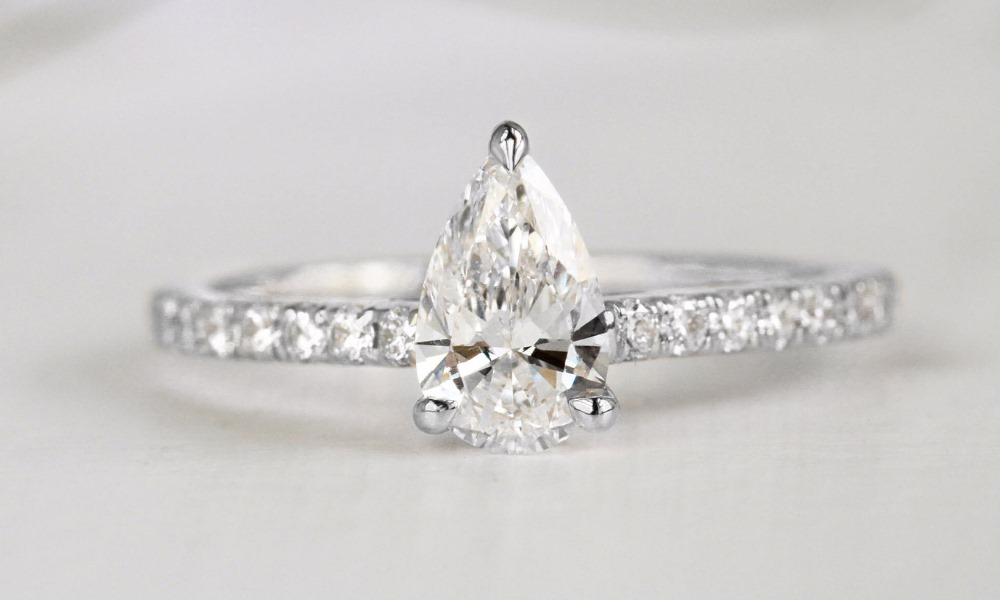
In the world of jewelry, tradition has long been synonymous with natural diamonds. However, a quiet revolution is underway as synthetic diamonds gain prominence in the market. These man-made gems, created in laboratories, are challenging the status quo and reshaping the landscape of the jewelry industry.
The Rise of Synthetic Diamonds: Unveiling the Science Behind Synthetics
To truly understand the emergence of synthetic diamonds, we must delve into the fascinating world of science. Unlike their natural counterparts, which are formed deep within the Earth’s mantle over millions of years, synthetic diamonds are created using advanced technological processes. High-pressure high-temperature (HPHT) and chemical vapor deposition (CVD) methods are the two primary techniques employed to produce these stunning gems in controlled environments.
Eco-Friendly and Ethical
One of the key advantages of synthetic diamonds lies in their eco-friendly and ethical credentials. Traditional diamond mining has faced scrutiny due to its environmental impact and concerns related to ethical practices. In contrast, synthetic diamonds offer a sustainable alternative, eliminating the environmental damage associated with mining and the ethical issues surrounding the diamond trade.
The Allure of Synthetic Diamonds: Indistinguishable Beauty
Critics may argue that Synthetic Diamonds lack the mystique of their natural counterparts, but the reality is quite the opposite. Technological advancements have allowed scientists to create synthetic diamonds that are visually indistinguishable from natural ones. From the sparkle to the clarity, these lab-grown gems mirror the beauty of traditional diamonds with precision.
Customization and Innovation
Synthetic diamonds provide an avenue for unparalleled customization. Jewelers and consumers can explore a spectrum of colors and shapes, pushing the boundaries of traditional diamond design. This flexibility and innovation are enticing for those seeking unique, personalized jewelry that defies convention.
Overcoming Skepticism: Dispelling Myths
As synthetic diamonds gain popularity, skepticism inevitably follows. However, it’s crucial to dispel common myths surrounding these lab-grown gems. The idea that synthetic diamonds lack value or durability is a misconception. In reality, they undergo rigorous testing and adhere to the same quality standards as natural diamonds.
Affordability without Compromise
One of the most significant advantages of synthetic diamonds is their affordability. Traditional diamonds often come with a hefty price tag, making them inaccessible for some consumers. Synthetic diamonds provide an ethical and budget-friendly option without compromising on beauty or quality.
The Future of Jewelry: A Paradigm Shift: Embracing Change
The emergence of synthetic diamonds signals a paradigm shift in the jewelry industry. As consumers become more environmentally conscious and seek ethically sourced alternatives, the demand for lab-grown diamonds is expected to soar. Jewelers, too, are adapting to this change, incorporating synthetic diamonds into their collections to meet evolving consumer preferences.
A Harmonious Blend
The future of jewelry design lies in a harmonious blend of tradition and innovation. Synthetic diamonds, with their ethical stance and customizable features, offer a bridge between the allure of tradition and the possibilities of modern technology. This fusion is reshaping the narrative of what constitutes valuable and beautiful in the world of jewelry.
Conclusion
In conclusion, the rise of synthetic diamonds challenges traditional norms in the jewelry industry. With their eco-friendly attributes, customizable designs, and affordability, lab-grown diamonds are not just a trend but a transformative force. As we witness this shift, it becomes evident that the allure of synthetic diamonds is not merely a deviation from tradition but a redefinition of what makes a precious gem truly valuable in the 21st century.